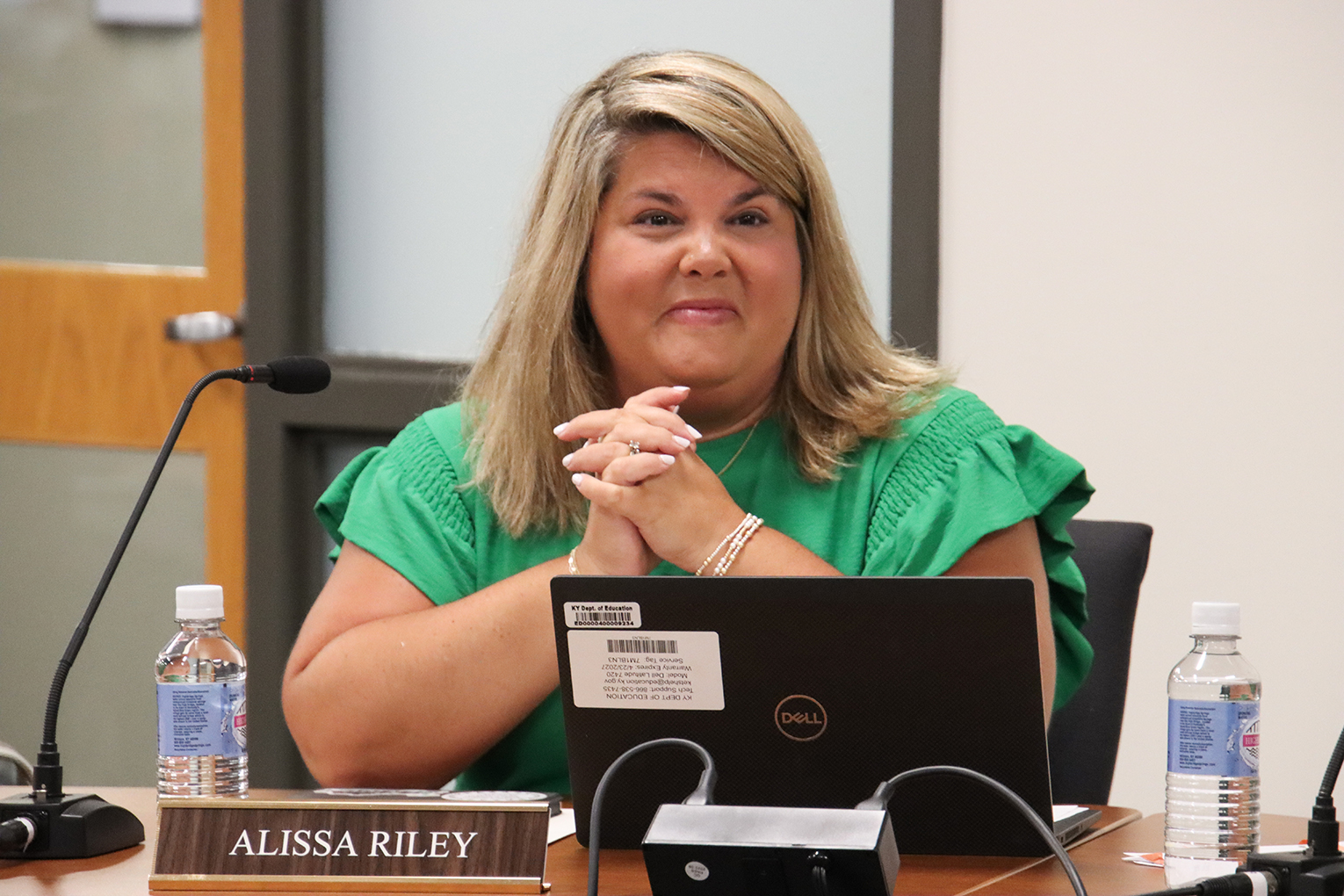
Stephanie Beason
As one of two teachers at Warren County Public Schools’ 212° Academy, I have the opportunity to roll up my sleeves, get dirty, dive deep and learn alongside some of brightest 5th- and 6th-graders in my district. This 163-student S.T.E.A.M (science, technology, engineering, arts and mathematics) academy serves students once a week from each of Warren County’s 14 elementary schools.
The 212° Academy is an oasis of sorts for both its students and teachers. It’s a place where students can display their gifts and talents with confidence and without threat of ridicule. It’s a place where teachers are given creative liberty to design instructional experiences based on the interests and needs of students.
There is autonomy and freedom to explore. It is teaching and learning as it was meant to be.
While 212° Academy is seemingly a paradise, one thing is glaring: the lack of diversity. Despite continual efforts to increase student diversity at our school, the vast majority of my students are white and middle to upper class. I can’t help believing that there are pockets of untapped potential – English learners, minority and low socioeconomic students – that would thrive among their gifted and talented peers if given the opportunity.
This lack of diversity in the gifted population is not unique to my district. It plagues not only Kentucky, but our entire nation. While No Child Left Behind – the 2001 reauthorization of the federal Elementary and Secondary Education Act – focused heavily on closing the achievement gap, it lacked in its efforts to close the excellence gap. According to the Jack Kent Cooke Foundation, this less talked about gap indicates that there is a great deal of “disparity in the percent of lower-income versus higher-income students who reach advanced levels of academic performance.” Meaning each year, Kentucky is missing the opportunity to provide potentially gifted students the services they need to reach their maximum potential.
In order to shift our attention to closing the excellence gap, we must begin to analyze and modify how we are identifying and servicing our best and brightest students, especially those students who are from English learners, minority and low socioeconomic status (SES) backgrounds.
To begin tackling the barriers to providing equitable access to gifted education, we must begin reviewing our identification methods. Since there are no federal regulations pertaining to gifted education, each state has the ability to determine both how to identify and service gifted and talented students. Identification policies at district levels, in large part, do not account for the unique needs of our English learners, minority and low SES students. How can we know an EL student is gifted if we are not assessing her in her native language? How can we determine that a student is not gifted if he has not been afforded the same opportunities and life experiences as his wealthier peers?
Kentucky administrative regulation 704 KAR 3:285 outlines the need to use multiple measures for gifted identification (at least three pieces of evidence per student). The regulation also asserts that to be identified in the area of general intellectual ability or a core academic area, students must score in the ninth stanine on an intellectual ability test (general intellectual) or academic aptitude assessment (main academic area). However, according to the regulation, districts should take into consideration students’ environmental and cultural factors, as well as any disabling conditions.
In other words, Kentucky’s gifted regulations have a safeguard in place to address the fact that minority and low SES students have unique needs that could hinder them from being identified as gifted and talented. Kentucky’s gifted demographics, however, suggests that districts are struggling to meet these unique needs, and thus minority and low socioeconomic students are simply not being identified as gifted and talented at the same rate of their white, upper to middle class peers.
Several specific steps must be taken to ensure that Kentucky is not missing out on the untapped potential of our best and brightest. Such steps include:
- Analyze district-level identification methods and ensure that all identification methods are culturally sensitive to the needs of all students. This not only means that assessments should be administered in a student’s native language when possible, but also that the assessment itself should be culturally relevant. An immigrant student from Burma, for example, may have no frame of reference for cultural staples of Kentucky, and should not be penalized simply due to where he or she was born.
- Use school or district-level assessment results to identify gifted and talented students. After taking an assessment, disaggregate the data of your school’s English learner, minority and low socioeconomic sub-populations to identify the top 10 percent of students in each subgroup. Elevate the students within these populations and provide opportunities for them that identified gifted students would have to see how they perform. Analyzing data in this manner will determine who has untapped potential that could flourish when provided the opportunity.
- Provide district-level training to all teachers to ensure that they are equipped to recognize the unique gifted characteristics of minority, low SES students, English learner and gifted children in general. Researchers in developing a culturally responsive classrooms – Donna Ford, Tyrone Howard, John Harris and Cynthia Tyson – assert that as educators, we must understand how various cultures communicate, interact socially and respond to authority figures such as educators.
- Increase efforts to communicate the identification process to parents. Work to ensure that students and parents are informed about high-level academic opportunities in their native language and through multiple outlets such as school and district newsletters, district website, social media and parent-teacher conferences.
Last year, Warren County Public Schools began delivering cultural proficiency training to all district personnel. Within these two days of professional learning, important dialogue emerged regarding the differing academic needs of our minority student population and how we can best meet those unique needs. While there is not a one-size-fits-all solution, this training not only brought attention to this important topic, but more importantly caused each school within the district to ask the hard question of what we need to differently to meet the needs of our most vulnerable students.
As a result of these conversations, our district gifted and talented committee decided that we needed further training on how to utilize local norms to better identify gifted students. While we are still in the early stages of implementing the use of local norms, I am proud to be a part of a district that recognizes and celebrates the cultural differences among our students and staff. I believe this is a critical first step in understanding how the needs of our minority, English learner and low SES gifted students differ from the needs of our white, middle- to upper-class gifted students. When sought out intentionally, we are sure to discover students waiting for the opportunity to let their true gifts, talents and abilities shine.
Stephanie Beason has spent 10 of the past 11 years as an elementary teacher in grades 4-6. In 2014, her passion for reading intervention led her out of the classroom as she traveled the Commonwealth to collaborate with teachers and administrators as a literacy consultant. Now back in Warren County Public Schools, Beason serves as a gifted educator at the 212° Academy. She has a bachelor’s degree in elementary education and master’s degrees in both school counseling and gifted education and teacher leadership from Western Kentucky University. She currently serves as a Kentucky Teacher Fellow with Hope Street Group and is a member of the Teacher Advisory Council.



Leave A Comment